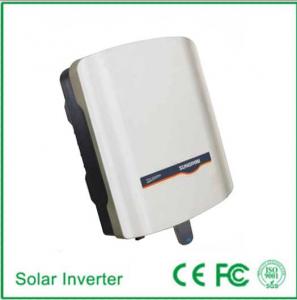Sunshine Solar Inverter
Sunshine Solar Inverter Related Searches
Sun Solar Inverter Solar Solar Inverter Sunny Solar Inverter Solar Light Inverter Solar Electric Inverter Sunpower Solar Inverter Solar Converter Inverter Solar Energy Inverter Solar Plant Inverter Solar Battery Inverter Solar System Inverter Suntech Solar Inverter Solar Photovoltaic Inverter Solar Inverter Inverter Solar Hybrid Inverter Sunway Solar Inverter Inverter Solar Solar Panel Inverter Sunways Solar Inverter Samsung Solar Inverter Solar Home Inverter Solar Charge Inverter Sunrun Solar Inverter Solar Smart Inverter Solaris Solar Inverter Solar House Inverter Solar Pump Inverter Power Solar Inverter Solar Charger Inverter Solar Small InverterSunshine Solar Inverter Supplier & Manufacturer from China
Sunshine Solar Inverter is a range of high-quality solar power conversion products designed to optimize the performance of solar energy systems. These inverters are engineered to convert the direct current (DC) generated by solar panels into alternating current (AC), which can then be used to power homes, businesses, and other electrical appliances. The Sunshine Solar Inverter products are known for their efficiency, reliability, and advanced features that ensure maximum energy output and minimal energy loss.The Sunshine Solar Inverter is widely used in various applications, including residential, commercial, and industrial settings. It is particularly beneficial in off-grid and grid-tied solar power systems, where it plays a crucial role in harnessing the sun's energy and delivering it to the end-users. The inverters are also utilized in hybrid systems that combine solar power with other renewable energy sources, such as wind or hydroelectric power, to create a more sustainable and resilient energy supply. In all these scenarios, the Sunshine Solar Inverter ensures that the solar energy is efficiently converted and utilized, reducing reliance on non-renewable energy sources and promoting environmental sustainability.
Okorder.com is a leading wholesale supplier of the Sunshine Solar Inverter, offering a vast inventory of these products to cater to the needs of various customers worldwide. With a strong commitment to quality and customer satisfaction, Okorder.com ensures that the Sunshine Solar Inverter products are available at competitive prices and are backed by excellent customer support. By partnering with Okorder.com, customers can access a reliable source of Sunshine Solar Inverter products, ensuring that their solar energy systems are equipped with the best possible technology to maximize efficiency and performance.
Hot Products


















































